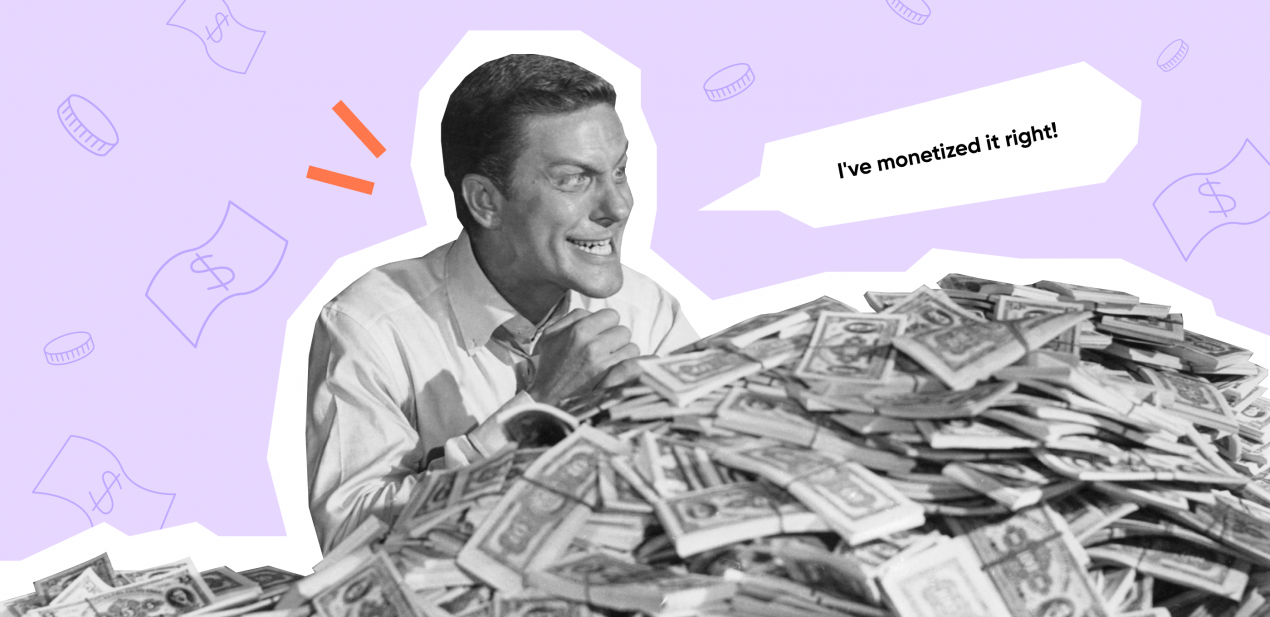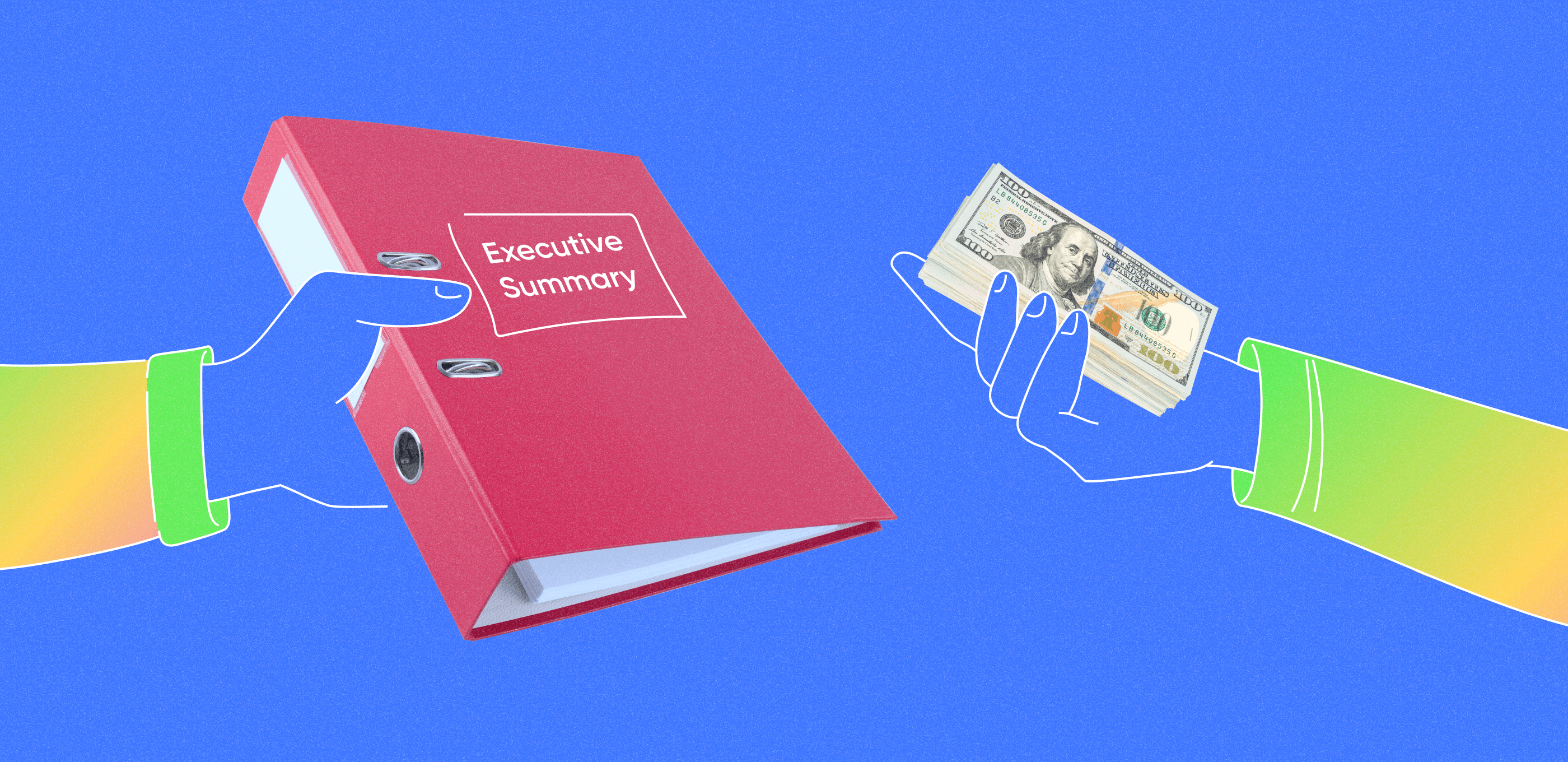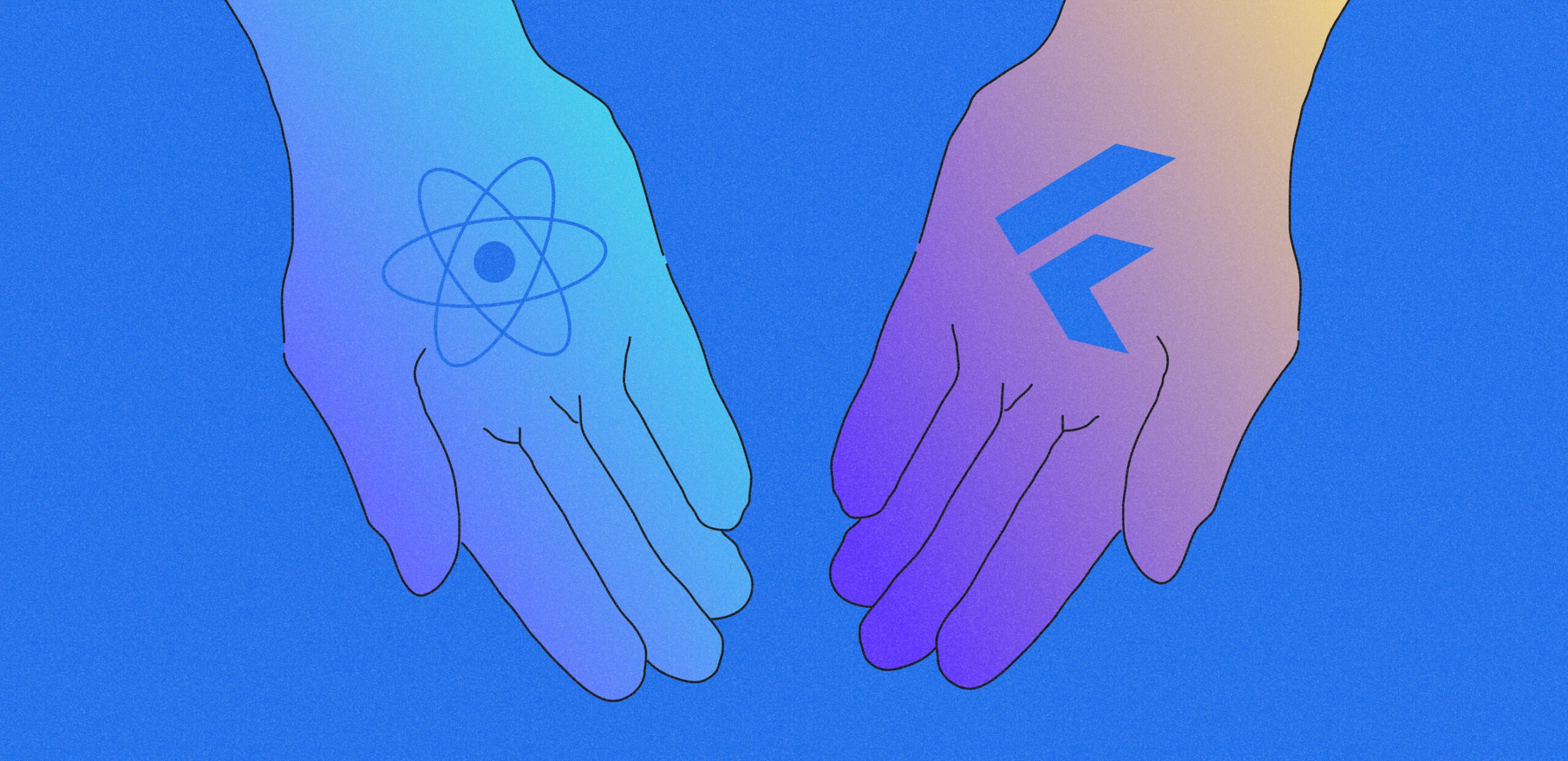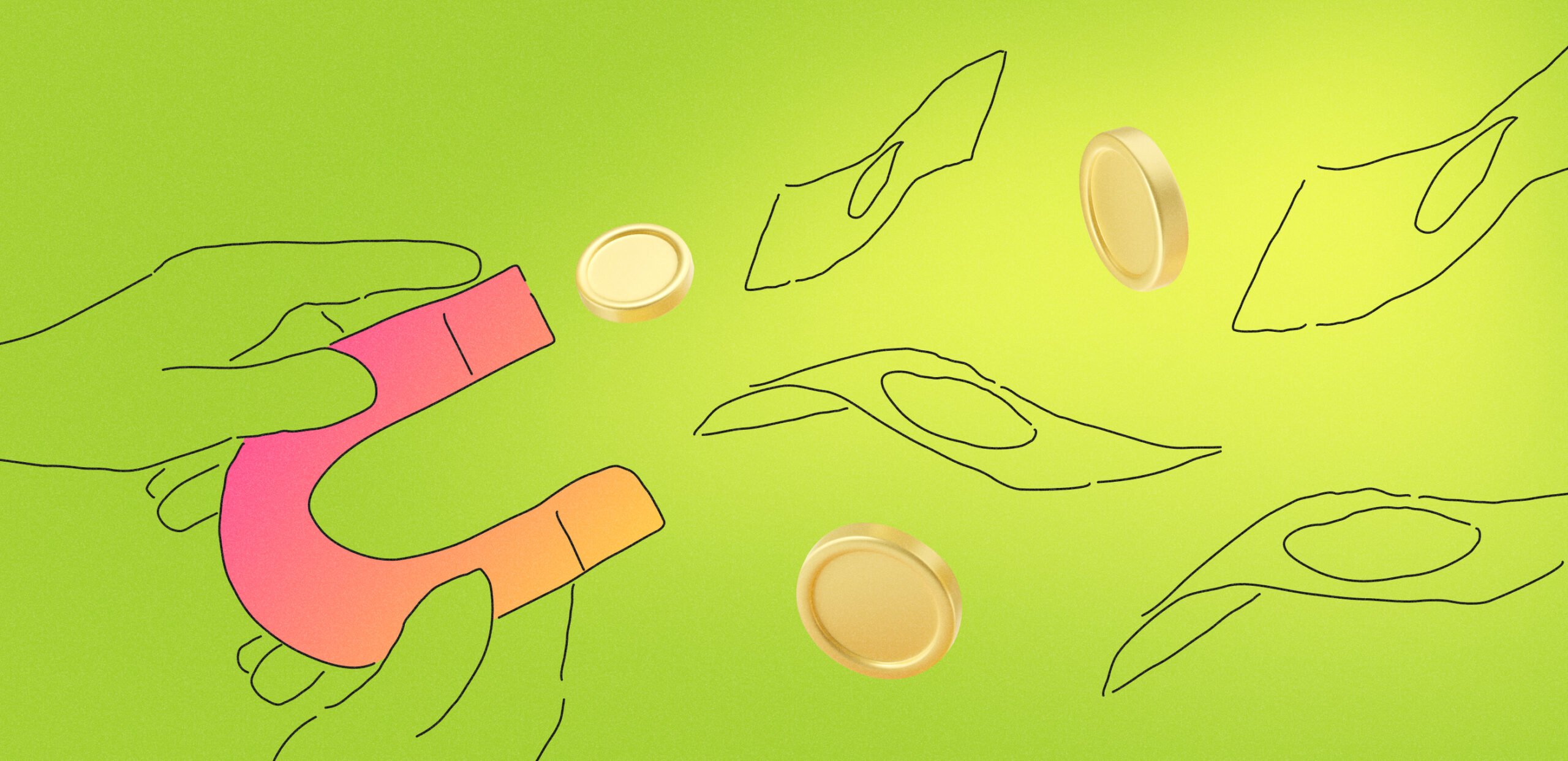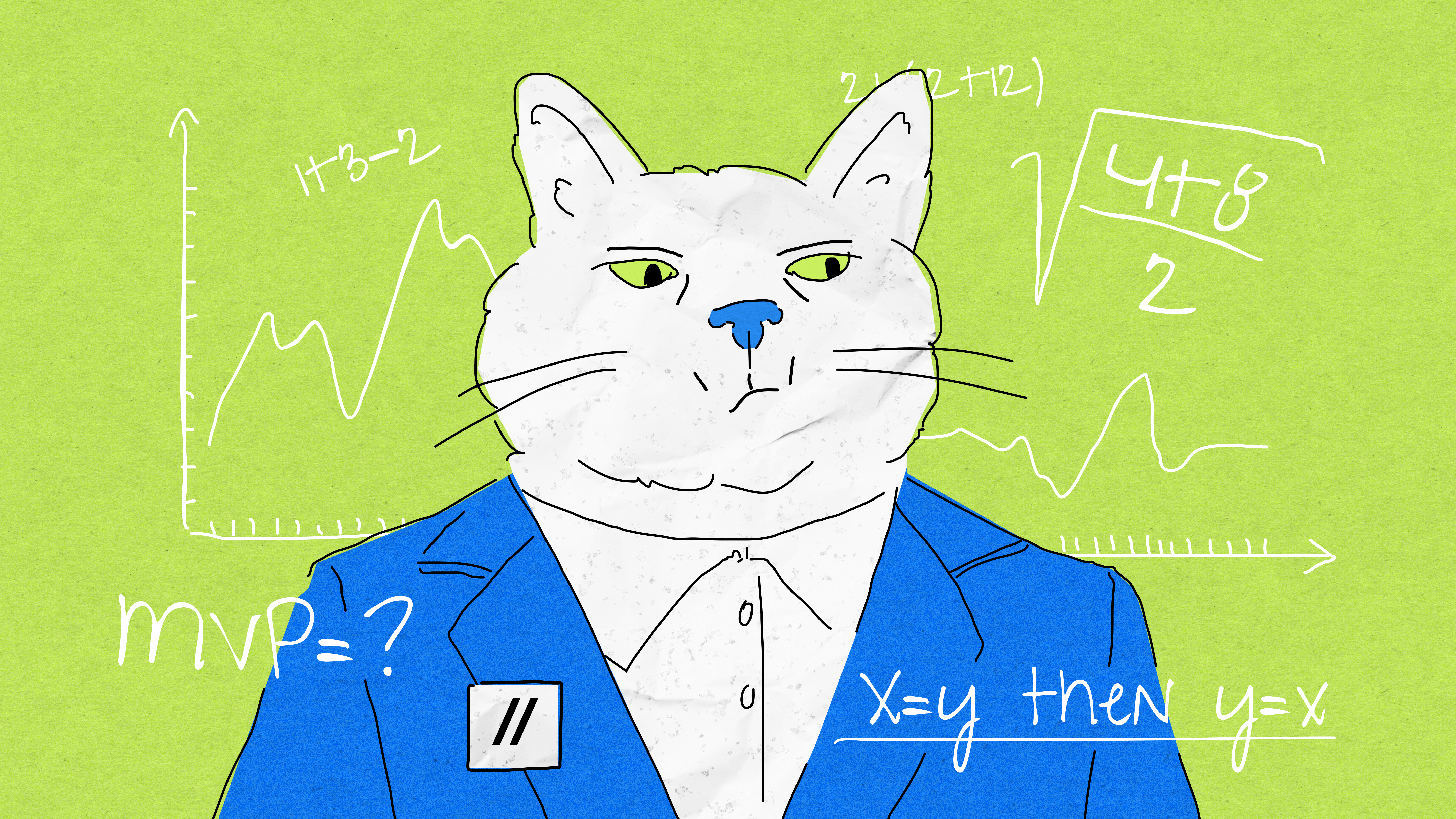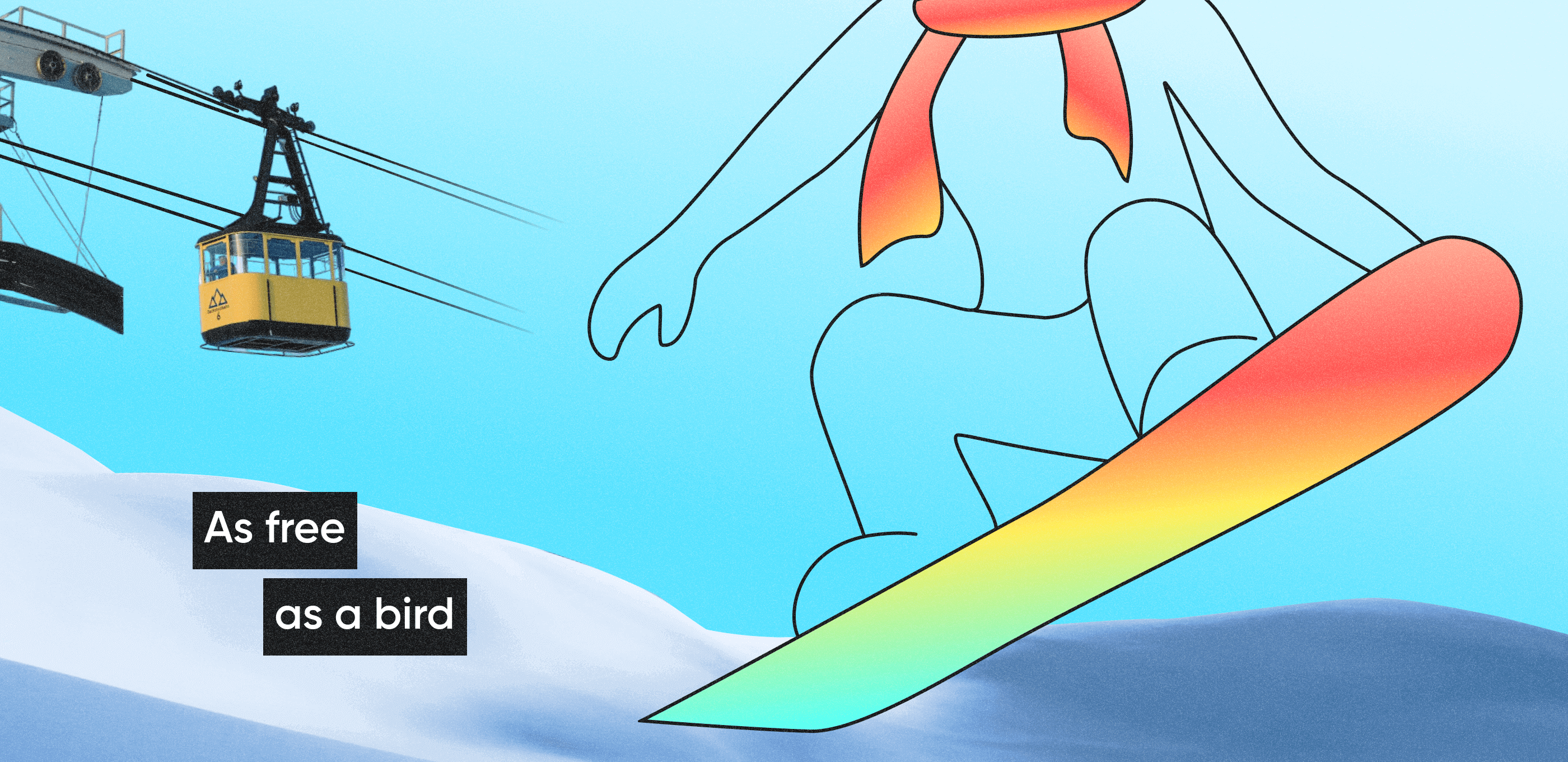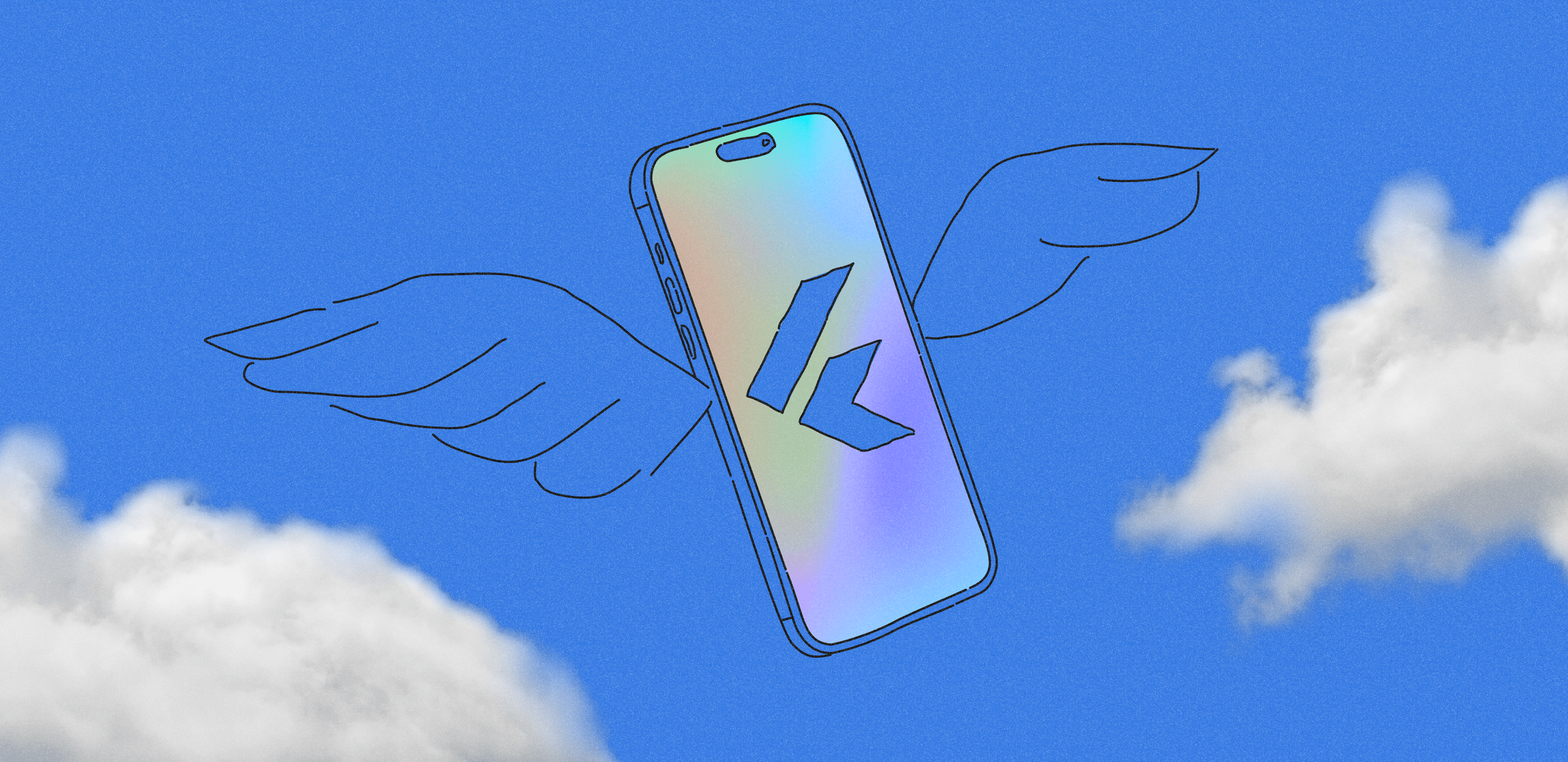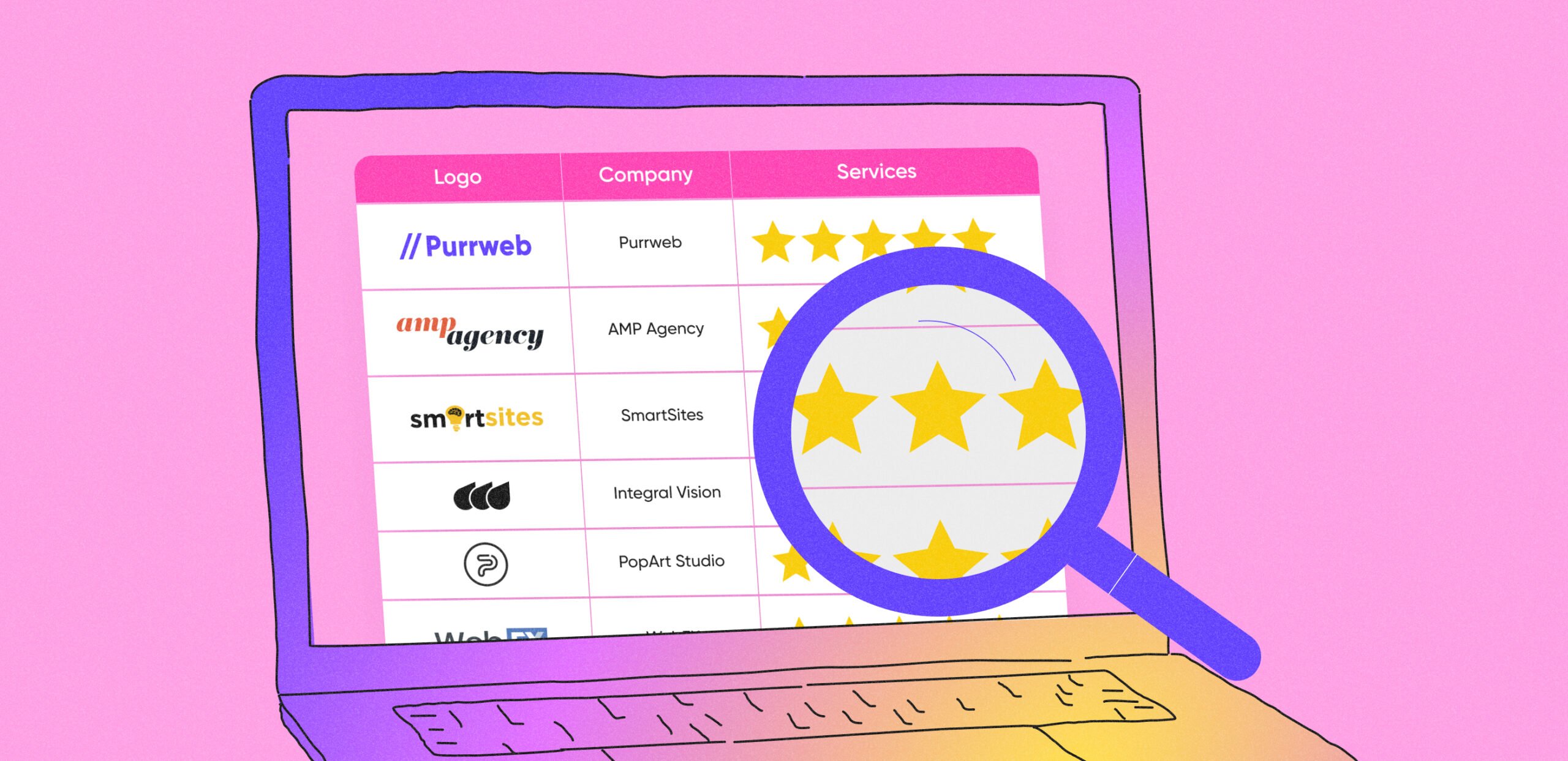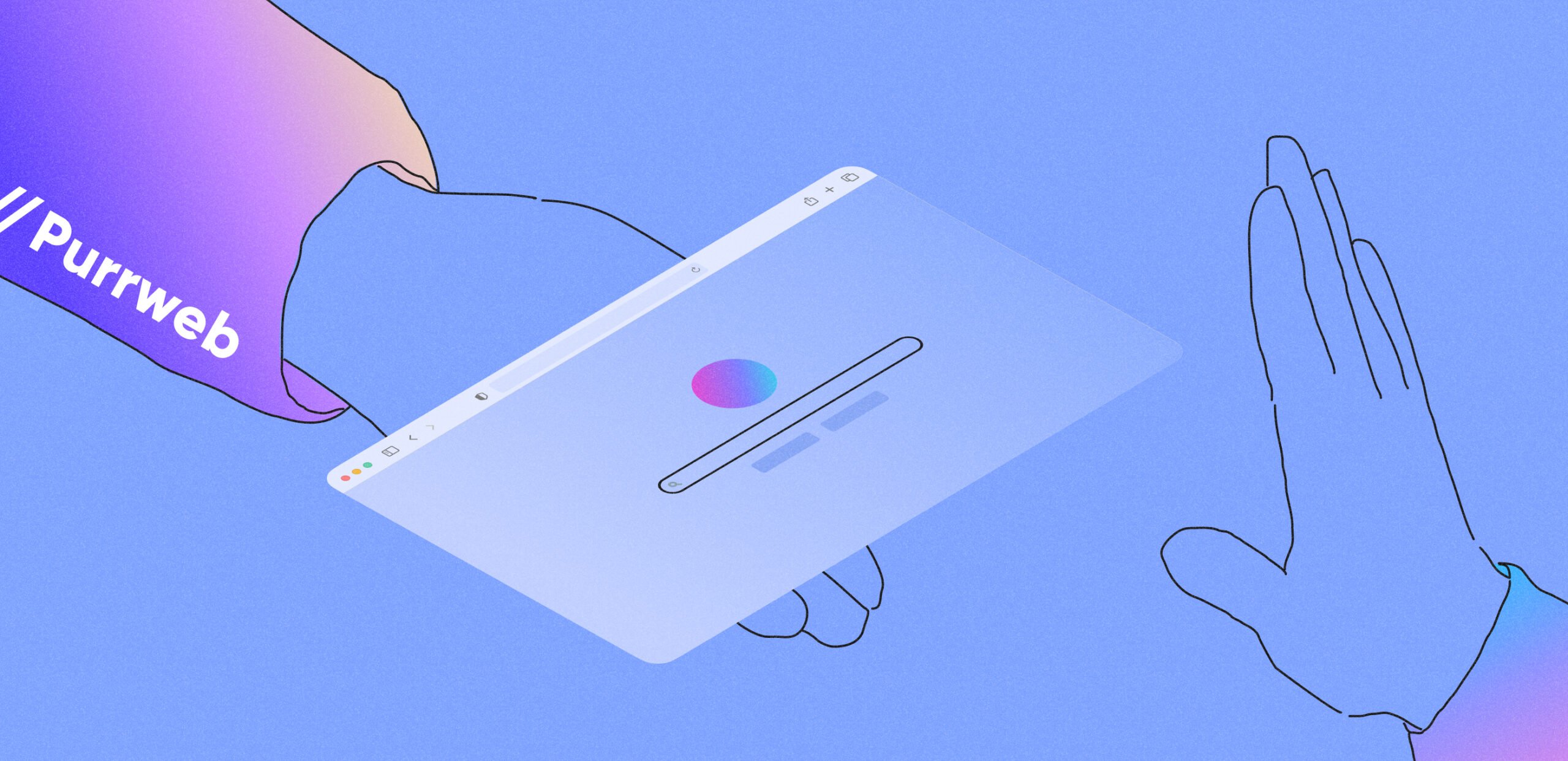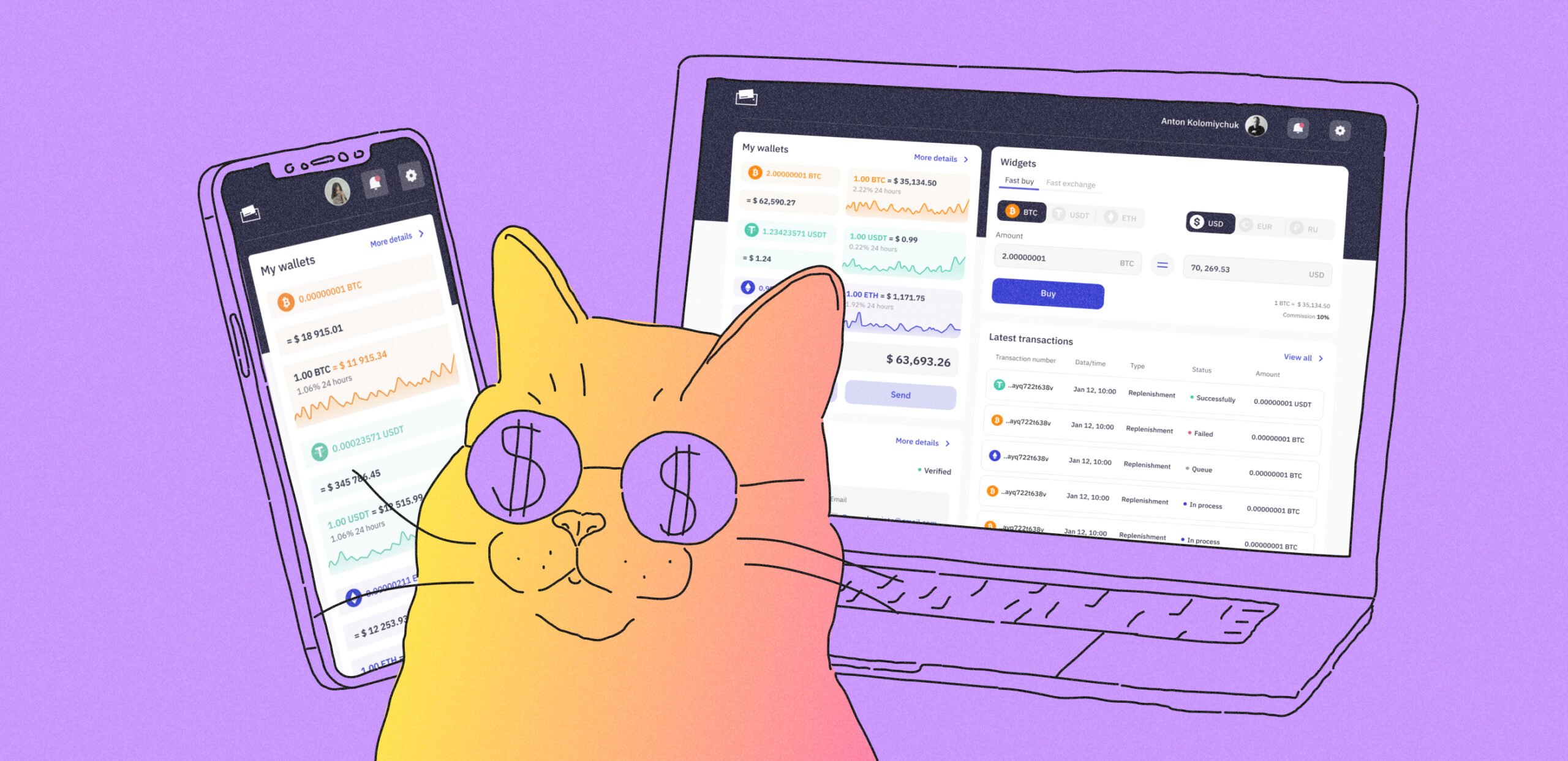Tapping apps for revenue
According to forecasts, together App Store developers in 2022 will earn some $75.7 billion. The bulk of this is destined to go to creators of the more popular apps such as TikTok, Instagram, Tinder or Snapchat. The main engine of such performance is, of course, useful functions, but monetization also contributes much to a project’s success.
Software for mobile devices may be designed to complement a previous business or a stand-alone startup initiative. In both cases a well-considered monetization strategy will be required to separate breakthrough offerings from those that will end up lost in the depths of the App Store. For startups this is particularly important, because they have no mother company or some such pumping funds into it.
A working strategy involves choosing a mobile app monetization approach. There are a few tried-and-true options commonly used by the best-known applications. We have gathered the most widespread methods of iOS apps monetization so that you can decide on the one most appropriate for your project.
Trending in iOS monetization
For many apps the chosen mobile app monetization strategy is going to be one of the following, but usually developers combine several, like free trial + subscription, freemium + advertisements + subscription. There are many possible hybrid forms, but if your model is too head-scratchingly complicated, the price steep and the ads ubiquitous, users will rightly delete the app without finding out all it can do. So, what ways of iOS apps monetization are there, and how can they be mixed and matched for the most advantage?
In-app advertising
Probably the most common method of mobile app monetization, employed by numerous social networks, messengers, games, and entertainment apps. Do you use Facebook, Pinterest, Twitter on the smartphone, play free games or read at electronic libraries? Then you must have seen some targeted, or not targeted, advertising.
When it comes to social networks, users are typically permitted to upload advertisements of their products and services for a certain fee to integrated advertising platforms. Business accounts on Pinterest, for example, can pin up ads, enter a daily budget for displays and, moderation passed, the product will begin to be shown to visitors.
With games it is different: placing ads there takes contacting the developers or using contextual advertising services that often offer inserting ads in entertainment software. There are many varieties of ads there and in other places, too: banners, video clips, native advertising, minigames. If properly integrated, they can bring good money to the startup.
1 million views bring developers about $500
The advantages are obvious: users far more readily download applications that are free, and the developers do not have to invest much in promotion. If the idea behind the app is good and the quality of execution on the level, monetizing so can be a shortcut to fame and profit.
There are some flaws, too: ads crawling out of the woodwork can be very annoying, to the point of driving users away. Not every app should choose this source of revenue as well. If you have created a useful instructional service for a definite audience, like a program for health workers to double-check diagnoses, advertising might simply disturb users and be irrelevant at the moment.
Paid apps
The most straightforward way to monetize iOS apps is just to make users pay for downloading a complete version of the program. This normally frees the buyer from paywall options and ads, so the developers only get the money they ask.
This model is employed either by big-name applications, whose makers’ reputation secures them a strong inflow of clients, or instructional apps with valuable content: electronic libraries, language learning tools, guides and manuals. Games and entertainment apps are not so frequently simply paid for, although it happens.
Paid apps make up some 36% of the roster of Google Play and App Store.
Even though promoting paid apps is not easy, some developers go that way and set a high price to boot. How do they manage to put a spin on their offer, and why do those apps cost so much? Find out in the article to which we now link:
For an example, we can point to Forest, a productivity-improving app. It uses the simple money-on-the-table model, yet it is popular. People who have trouble concentrating because of the distractions of smartphones and frequent social network checks appreciate its usefulness. They are invited to plant a virtual tree, which will grow as long as the user does not switch away from Forest to anything else, including messengers and games. Otherwise it will wilt.
The pros of this model mostly have to do with its simplicity, setting up a one-time purchase is much easier on everybody than charging the user after the trial period. Everything is crystal clear about paid apps: every user is an envelope of cash. People also tend to respect paid apps more than quasi-pseudo-free software.
Unfortunately, the cons are more conspicuous: not all users will want to buy a product they have never tried. People have no idea if the app will be good for them. It is important, then, to invest in advertising as well as the quality of the app, which must match the price tag. This is why this method of mobile app monetization is more appropriate for big names people already trust, or know what to think of. Then there is a danger of piracy: someone might steal the content and disseminate it for free somewhere on the Web.
Built-in subscriptions
The idea of iOS apps monetization using subscriptions is waxing in popularity. The essence of it is that all app functions are available for a monthly fee, usually deducted on the same day. Typically this is combined with elements of free trial or freemium, again to give people a glimpse at the goods before commitment.
Which apps should use this model? Above all those that bring users some valuable, fresh and constantly updated content like movies and series, music, news or lessons. A well-known language-learning tool, Duolingo. By committing to $6.99 monthly customers can use the app even offline, take advantage of numerous tests, checks and language games, learn new words and rules without a time limit.
Moreover, the subscription model is used in dating apps like Tinder and Bumble. By subscribing, users can get profile boosts, unlimited likes, advanced filters, and so on. Check out our article if you want to dig deeper into the dating app development and its monetization strategies.
The upsides include customer loyalty. If the content is really useful, people will readily extend their subscriptions. These customers stick around, they leave good comments and keep paying to use the app. And the model is transparent – there is no mystery about what is being bought; when the content and functions are no longer wanted, the customer simply cancels the subscription.
The downsides are well-recognized as well: if the terms of the subscription are on the confusing side, surprise deductions can invoke users’ wrath. This is bad for reputation. The other inconvenient detail is that the developers obligate themselves to providing a perpetual stream of new and engaging content to keep people’s wallets open.
The subscription model comes in a couple of flavors, freemium and free trial above all. Though they are both binded by the same payment mechanics, they are different enough for separate consideration.
Freemium
Under this head you download a free but handicapped application. It can be employed forever as-is, but if the user wants access to the complete gamut of functions, it is going to cost him. The advanced version may have no limits, extra features, different content and services, it all depends on the app.
For instance, Zoom is free to use for videoconferencing, but there is a limit on conference duration and number of participants. For something more than a short get-together users have to sign on to a subscription. There are different options available. The paid functions include participation of up to 500 users, cloud storage for conference records and online broadcasts in social networks.
This way of iOS apps monetization can be crossed with others. Ads may be inserted. Some online cinema services, e.g. ivi and Megogo, allow viewers to watch a certain number of ad-burdened titles and invite them to the full, ad-free, subscription-only catalogue.
The best part about this model is that the audience can be boosted quickly when the app is available to all. Customers like to play around with the product to see what they might be paying for. The freemium method is also universal, equally good for games and applications of all sorts.
Then again, not all customers in the end buy into the paid bits – especially if the developers misjudge where to draw the fine line between free and not. If they give users a lot of functionality for nothing, people may never bother to knock on the paywall, and if they lock away almost everything useful, like some image editors (which promise all sorts of filters and effects, but only 3-4 turn out to be free), they will both disappoint and drive away potential buyers.
Free trial
Good old free trial is still around, and it works like freemium, but limited in time rather than space, so to speak. The user downloads the complete, full-featured program, which will, however, expire on him after 30 days (usually, but sometimes 14). If the user wants to continue with this tool, he must pay to reenable it. The idea is to charm the user with the entirety of the app’s attractions and get him hooked – enough over this free trial period to pay the asked price when it is over.
Game developers often use this principle to monetize their iOS apps, but free trial is a common model in other software. We can mention 1Password – a password manager that stores an unlimited number of passwords, codes and other user data in one place. The free version is good for 14 days.
On the positive side, promotion is as quick and as free as the app itself. If the customers enjoy the product, they will proceed to appropriating it and leaving good feedback, and even if they decline, they will still have been engaged as a test group. The developers can use this knowledge to improve the product.
The negatives revolve around financial uncertainty. There is no guarantee that people will buy the product when the clock strikes. A poor interface, a difficult registration process or bugs can all get in the way. A free trial application needs to be fail-proof. Putting out an MVP before release will help check demand and get rid of all bugs before the final release.
Choices of successful startups explained
Some applications are all around, mentioned, discussed and installed on the phones of half of your friends. Different mobile app monetization strategies are used there. The introduction above explained that some types are more appropriate than others for particular purposes. Let us see which roads to money some of the better-known apps use and try to understand why.
Shazam
The most popular music identification service, Shazam, started out powered by ads. This choice of mobile app monetization strategy made sense: the program has only one function, there is nothing more that could be sold as extras. After identifying a song users were brought to look at an advertisement, and sponsors could insert their own there through the devs. After Shazam became immensely popular, it was acquired by Apple, who did away with ads but linked the software to Apple Music. Now the app suggests opening the found track in Apple Music, a subscription service.
Procreate
The painting and animation app Procreate is completely paid. It can be downloaded for $9.99 with the whole slew of tools. It features many different brushes, layering, the ability to make animation frames, export-import pictures et cetera. The paid model of mobile app monetization makes sense here, because the program offers unique instruments creatives require. Alternatives are either much more limited in what they can do, or their interface and picture quality are inferior.
Tinder
The superhot dating app Tinder, visited by 66,000,000 lonelies a month, works on a hybrid freemium + subscription model. A free user can register, give a limited number of likes to people that he, well, likes, see matches and talk in chat. A few subscription options are available, offering unlimited likes, a profile view history and ways to bump up one’s account in visibility. The idea is to let users try the app on the basic level, understand how it works, believe that they will sooner find a partner and proceed to checkout. For mobile app monetization this works well and brings the developers about $2,000,000 every day.
Food for thought
In January of 2021 App Store paid specialists in mobile app development more than $200 billion. The year before it had been $155 billion. According to forecasts, developers’ revenue will continue to increase, as hundreds of thousands of users download and pay for software every day.
Unfortunately, there is no silver bullet when it comes to monetizing iOS apps. All developers go through trial and error. This is what testing is supposed to make easier: in the beginning of mobile app development it is easier to determine which model of monetization will be better received by the target audience, work better and more reliably. The model can always be changed for something more effective. This is what the game Angry Birds did: for promotion the designers swapped the paid model for a hybrid with their own currency and virtual store and managed to attract more users and therefore ROI.
Whether you have decided or are still thinking, you can reach Purrweb for assistance. We have found suitable models of monetization for customer projects. In the case of Contentplace we helped the client sort out its subscriptions and suggested adopting the most advantageous, for that product, model – free trial extended by tiered subscription.
With our experience in mobile app development we can suggest to you, too, the most appropriate model of monetization – and proceed to implementing it in a testable MVP.
Fill in the form below to get our consultancy and we will reach out to you within 24 hours.

